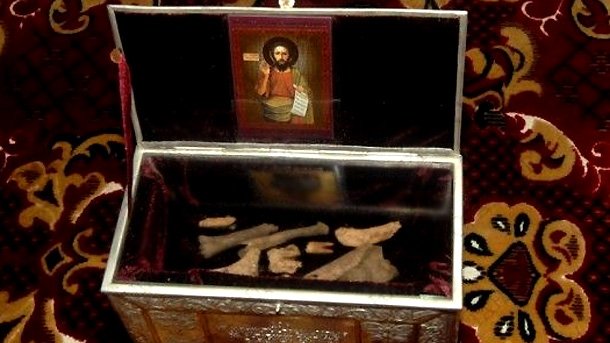
© Photo: archive

Vintage cars from the National Service for Protection (NSP) fleet are on display at the National History Museum from today until 15 September. The exhibition marks the 145th anniversary of the service. Visitors can see four rare vehicles preserved..
After the great Lord's feast of the Assumption of the Theotokos, the Nativity of the Mother of God is held in special honor in Bulgaria. The Bulgarian Orthodox Church celebrates it on September 8, together with the Greek Orthodox Church, and the other..
The findings from the archaeological excavations of Kozareva mound - a settlement from the 5th millennium BC , became a real sensation already in 2014, when they were presented to the general public for the first time. Among the exquisite exhibits of..

+359 2 9336 661
